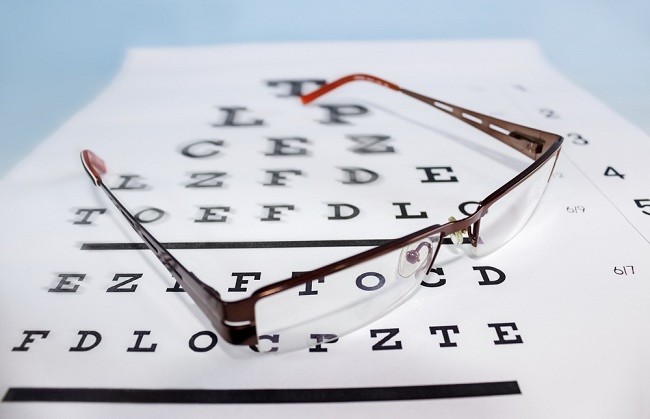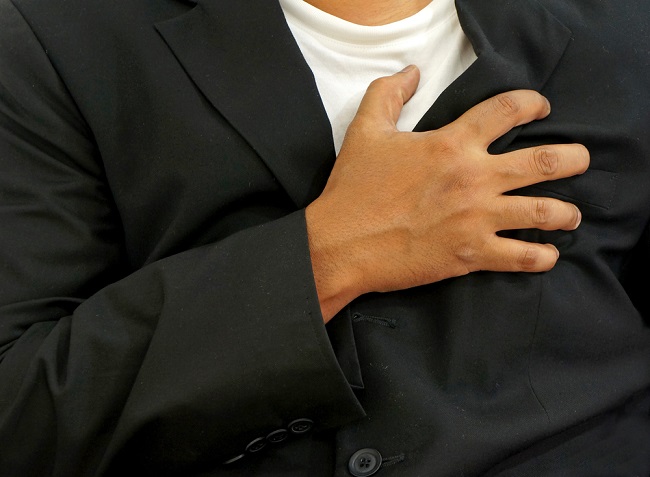Symptoms of coronary heart disease in each person can be different. In fact, some sufferers have no symptoms at all until they have a sudden heart attack. As a preventive measure, it is important for you to recognize some of the common symptoms.
Coronary heart disease is a condition when the blood flow that carries oxygen and nutrients to the heart muscle becomes blocked. This is generally caused by narrowing of the coronary arteries due to the buildup of fatty plaques or cholesterol.

Initially, the sufferer may not experience any symptoms. However, when plaque continues to accumulate in the coronary arteries and blocks the intake of oxygen and nutrients to the heart muscle, sufferers can experience symptoms of coronary heart disease to heart attacks.
Symptoms of Coronary Heart Disease
The following are some of the common symptoms of coronary heart disease:
1. Chest pain
The most common symptom of coronary heart disease and can be directly felt by sufferers is chest pain. Chest pain in coronary heart disease usually feels like a strong pressure in the center or left of the chest and radiates to the arms, back, or jaw. This chest pain is known as angina pectoris.
Generally, angina is triggered by physical or emotional stress. Angina usually goes away within a few minutes after the patient rests. In some people, especially women, the pain may be brief and may be felt in atypical areas, such as the neck, arms, stomach, or back.
2. Shortness of breath
Shortness of breath can also be a symptom of coronary heart disease. If the heart muscle does not get enough oxygen and nutrients, the work of the heart muscle becomes impaired and pumps blood and oxygen throughout the body is reduced.
As a result, the body's oxygen needs are not met and shortness of breath occurs. This will be felt worse when the need for oxygen increases, for example during exercise.
3. Heart attack
If the coronary arteries are completely blocked, then the heart muscle will be severely damaged. This condition is known as an acute myocardial infarction or heart attack. If not treated and treated properly, this attack can damage the heart muscle permanently and be fatal for the sufferer.
Although the symptoms of a heart attack can vary, discomfort or chest pain from a heart attack is generally similar to that of angina pectoris. However, symptoms that occur can be more severe, last longer (>15 minutes), and do not improve with rest or nitroglycerin drugs.
During a heart attack, you may have some of the following symptoms:
- Pain that radiates from the chest to the arms, jaw, neck, back, or stomach
- Mild headache
- A cold sweat
- Nauseous
- Hard to breathe
4. Heart failure
Heart failure can also be a symptom of coronary heart disease. This condition can occur due to a lack of oxygen and nutrient intake to the heart muscle, so the heart muscle is too weak to pump blood throughout the body, even leaving some blood in the heart.
This can interfere with the flow of blood from the lungs to the heart and result in accumulation of fluid in the lungs. As a result, sufferers become increasingly difficult to breathe, especially when doing activities, even light activities.
Symptoms of coronary heart disease are not always as obvious as the symptoms described above. Sometimes, symptoms can include dizziness, difficulty sleeping, and just feeling tired. In some cases, women have no symptoms at all.
Adopting a healthy lifestyle by quitting smoking, being physically active, eating a low-fat diet, and controlling stress can protect you from coronary heart disease and its complications, such as heart attack and stroke.
Do not ignore the symptoms of coronary heart disease as described above. Immediately consult a doctor if you experience it, so that you can undergo an examination and receive appropriate treatment to prevent a more serious condition.









